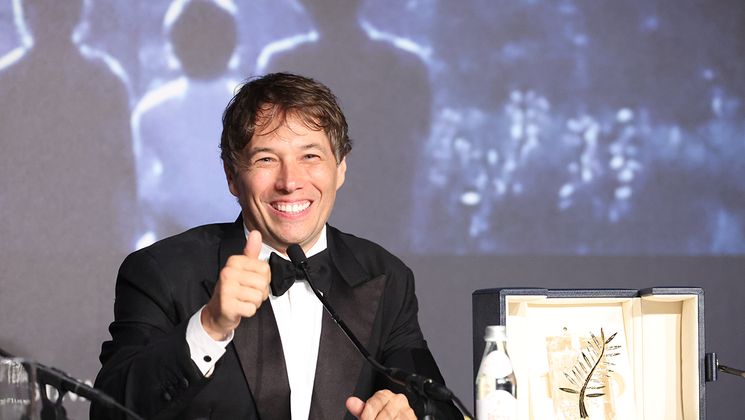
Megalopolis, the film of a life

The most ambitious project of his career, “re-written up to 300 times in 40 years.” That is to say that Megalopolis, a visionary work and humanist tale, is something important for Francis Ford Coppola, who is not exactly new to this. We remember his winning of the Palme d’or in 1974 with The Conversation, one of the films that is closest to his heart. Then followed the legendary Apocalypse Now (A work in progress) , which was worked on right up until the last minute, winning him a second Palme d’or in 1979.
Megalopolis, “a Roman epic in an imaginary decadent modern America”, is a life’s work and the first film that the director has presented In Competition in 45 years. Adam Driver precariously perched atop New York’s most emblematic Art Deco skyscraper: we can distinctly recognise the Chrysler Building and yet Francis Ford Coppola does not set his story in Manhattan but in the dystopian world of “New Rome”, forced to make a decisive change for the fate of humanity. The future of the distressed city plays out between two men, a idealistic architect on the one hand (Adam Driver) and a corrupt mayor who knows his way around the concrete jungle on the other (Giancarlo Esposito). Between the two is Julia (Nathalie Emmanuel, Fast and Furious star), partner of the one and daughter of the other, and some emblematic characters such as the ones played by Shia LeBeouf and John Voight.
“As a species, we all have the same ancestor: we are one family. Let’s act so that this connection is real and that our world resembles the one that we would like to see as our paradise.”
Begun in 2001 and then stopped abruptly following the September 11 attacks, shooting resumed twenty years later in Atlanta studios and New York City. A metaphor for America, an example of utopian and immersive filmmaking, and also a crazy wager that the filmmaker financed with 120 million dollars of his own money.



